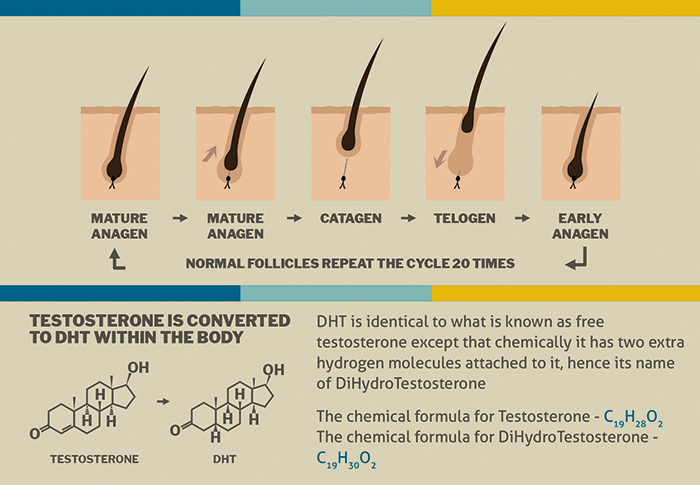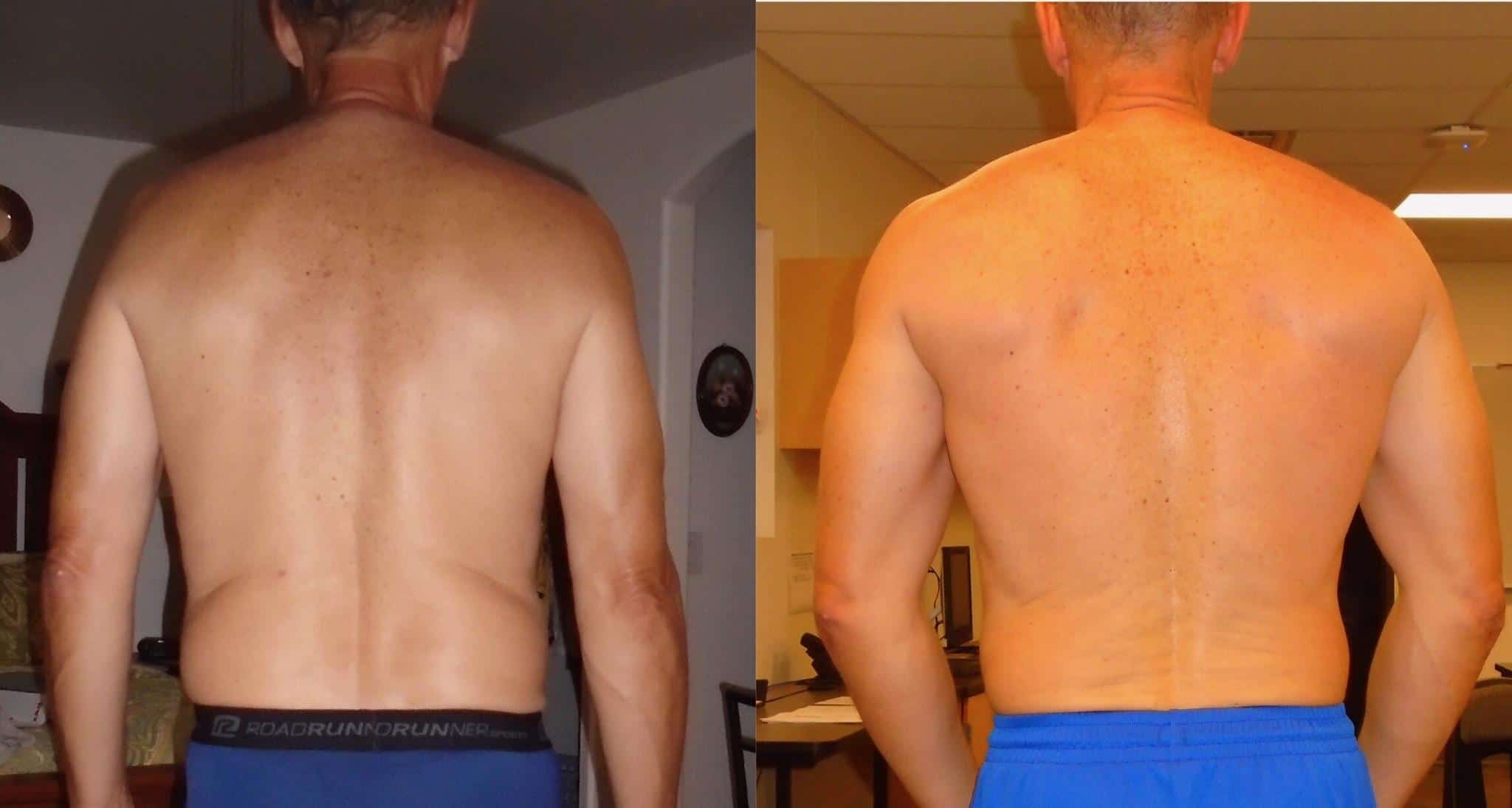Table Of Content

However, using nicotine and products containing nicotine can affect various systems and cause harm throughout the body. If you notice any of these symptoms, talk to your doctor regarding alternatives. DHT stimulates the growth of epithelial and stromal cells in the prostate. DHT works in combination with estrogen to promote prostate enlargement. High levels of DHT are problematic in some areas of the body, but necessary in others. DHT is estimated to be around five times more powerful than testosterone.
These Anti-Aging Vitamins and Supplements Might Help Slow the Clock
Albumin can bind a large amount of testosterone or other sex hormones but binds those hormones weakly. Sex hormone-binding globulin, in contrast, binds less hormone but does so more strongly. Most DHT and testosterone in the body are bound to proteins, such as albumin and sex hormone-binding globulin in the blood. With DHT, less than 1% of the hormone in the blood is circulating freely. This is slightly lower than the amount of free versus bound testosterone. If you think that you may be experiencing high testosterone symptoms, consult your health care provider to determine the cause and to start appropriate treatment for your condition.
Sexual health
Consider putting down the over-the-counter shampoos and reaching out to your doctor for a proper prescription. You’ll receive a more accurate diagnosis that gets to the root of your hair loss. DHT branches from testosterone, binding to androgen receptors and assisting in the creation of testosterone throughout the body. The information provided in this article is not a substitute for professional medical advice, diagnosis, or treatment. You should not rely upon the content provided in this article for specific medical advice. On the other hand, if your testosterone is too high, that could be a sign of a problem with your pituitary glands (which are responsible for regulating hormone levels) or your testes.
Medication
Genes may dictate how sensitive hair follicles are to DHT, which may determine propensity for potential hair loss. HRT involves the use of hormones to balance the body's hormonal levels. In the case of excessive testosterone levels, HRT may include the use of anti-androgens, which are medications that block the effects of testosterone.
What does DHT do to you?
An overproduction of DHT can cause females to experience extra facial and body hair growth. Medically prescribed testosterone comes in several forms and is highly effective at treating hair loss. If you suspect you have imbalanced hormones, it’s time to take an at-home testosterone test kit and see what’s going on in your body. Once you have a better picture of what you’re up against, gather up your family’s medical history and meet with your regular doctor for an intake. While you may be tempted to try hair loss shampoos at your local grocery store, they’re not always adequate due to the unique nature of hormonal imbalances.
Effects of Hormones and Endocrine Disorders on Hair Growth - Cureus
Effects of Hormones and Endocrine Disorders on Hair Growth.
Posted: Tue, 20 Dec 2022 08:00:00 GMT [source]
What lifestyle changes can help me avoid prostate cancer?
Studies suggest that finasteride had an 87 percent success rate in hair regrowth in men (3). This medicine is a blocker and binds to the 5 alpha reductase enzyme to prevent the DHT hormone from doing the same. It starts from the temples, eventually resulting in complete balding. In the body, the enzyme 5-alpha reductase converts testosterone to DHT. Dihydrotestosterone (DHT) is a primary androgen hormone that is derived from testosterone.
But variations in the AR gene can increase androgen receptivity in your scalp follicles, making you more likely to experience male pattern hair loss. The relationship between testosterone and male pattern hair loss is complex. Only a small percentage of testosterone gets converted to DHT, and if you have high DHT levels, you may have more severe health issues that need to be addressed. In summary, there are several potential treatment options for hair loss related to elevated testosterone levels. These options include medication, lifestyle changes, laser therapy, and hair transplantation. It's important to consult with a healthcare professional or dermatologist to determine the best course of action for your specific situation.
Extreme stress over a lengthy period of time can contribute to short-term hair loss. While alarming, this is not a permanent condition, provided the source of stress is properly addressed and reduced. Any side effects after receiving prescription medication should be frequently recorded so you can get the most out of your hair loss treatment. Since DHT is necessary for some of the body’s primary functions, blocking it can result in a few side effects. Erectile dysfunction is a common issue, though you may also notice tenderness all over the body and wooziness.
Do I Have Low Testosterone? 13 Symptoms to Look for
Hair loss occurs when the hair follicles become thinner and weaker, eventually entering a permanent resting phase and causing the hair to fall out. When androgen levels increase in the body, the production of DHT in the 5-alpha reductase enzyme rises, which can be a risk factor for patients genetically susceptible to hair loss. The DHT binds to the hair follicle, causing them to weaken and accelerating the hair-thinning process. As such, increasing testosterone levels in the body does not cause hair loss, but it can accelerate the process already in motion.

Fluctuating testosterone can result in balding in both men and women. Testosterone produces a hormone called dihydrotestosterone which is responsible for balding in males and females. Androgenetic alopecia in men and women is linked to fluctuating testosterone levels and genetics. It occurs in a specific pattern that may eventually result in complete balding.
Typically, these medications work by blocking DHT from binding to androgen receptors or inhibiting the body’s production of DHT. The shorter cycle occurs due to the repeated activation of the androgen receptor on the hair follicle, which leads to miniaturization. Testosterone can bind and active the androgen receptor on hair follicles. However, DHT can bind and activate the receptor with five times greater affinity, which is why high DHT levels can lead to hair loss. In addition to testosterone, imbalances in other hormones, like thyroid hormones, can impact hair growth. Thyroid disorders, whether it be hyperthyroidism or hypothyroidism, can disrupt the hair growth cycle and result in hair loss.
While less is known about DHT in females, it also likely plays a role in the development of body and pubic hair growth. The male sex hormone dihydrotestosterone (DHT) may play a key role in hair loss. Pattern hair loss, or androgenetic alopecia, is the most common type of hair loss among males. One of the best ways to prevent hair loss when increasing testosterone levels with supplements or testosterone replacement therapy is to be prescribed a DHT blocker, such as Finasteride. Finasteride, known by its brand name Propecia, inhibits the production of DHT by inhibiting the essential enzyme in the creation of DHT. When oral Finasteride is taken daily, it can decrease DHT production by up to 70%, significantly slowing hair loss in most male patients.
Deficiencies in B vitamins, especially B-6 or B-12, can cause a number of symptoms, including thinning hair or hair loss. Finasteride binds to 5-AR proteins to block DHT from binding with them. This helps keep DHT from binding to receptors on your hair follicles and keeps them from shrinking.
It’s dangerous to use in women who may become pregnant, and there may be sexual side effects of this drug on both men and women. However, when converted to DHT, this hormone may induce hair loss, particularly in people with a specific gene that is highly sensitive to androgens. Gaunitz adds that women may experience hair growth in non-typical areas of the body, such as the chin or chest. People should consider seeking medical advice if they experience these symptoms.
Male pattern baldness, fortunately, has a root cause and several medical treatment methods at your disposal. Hair loss is defined in the medical field as the significant shrinking of hair, where follicles gradually reduce their output until little to no hair is left. Hair loss is not all-encompassing and looks a little different from person to person.
Female pattern hair loss (FPHL) is also due to the actions of DHT on hair follicles. Dihydrotestosterone (DHT) is made from testosterone by an enzyme called 5-alpha reductase. The actions of DHT and the sensitivity of hair follicles to DHT is what causes hair loss. Diet can also play a role in addressing hair loss related to elevated testosterone levels. Eating a balanced diet that is rich in vitamins, minerals, and essential fatty acids can help support healthy hair growth. Foods that are particularly beneficial for hair health include fruits and vegetables, lean proteins, whole grains, and healthy fats.



















